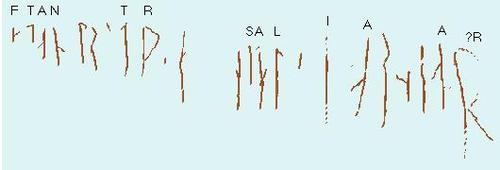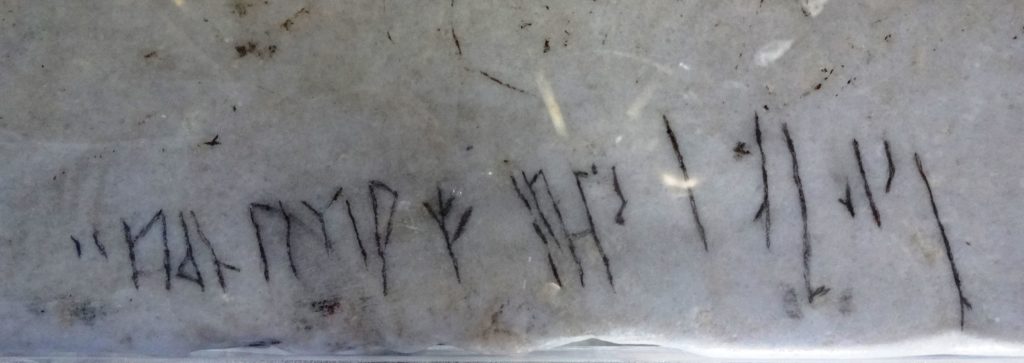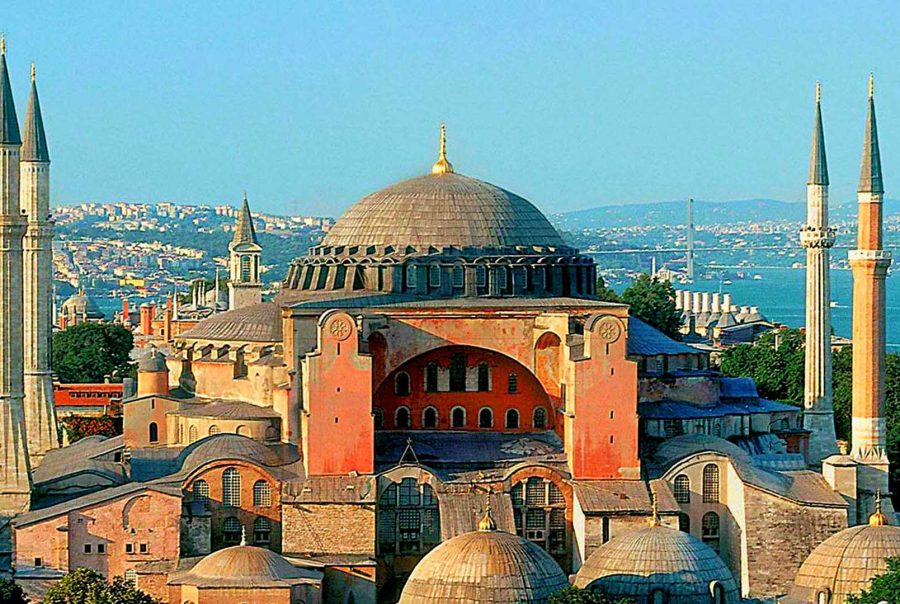Since its foundation in around 657 BC by the colonists of the city-state of Megara in Greece, the city of Constantinople was inhabited by people from different ethnicities and cultures. One of the most interesting inhabitants of the city could be worded as a group of “northern” mercenary soldiers who were later assigned as the personal guards of the Byzantine emperor. Several primary sources from the tenth and the eleventh centuries tell about their military and socio-political activities in the Byzantine empire in general and in Constantinople in particular. Although the Byzantine historians and chronicles regarded them as the “axe-bearing” barbarians who descended from the freezing regions of the northern countries, they also had an implicit—and sometimes explicit—admiration for these soldiers regarding their “unshakable courage” and “strong loyalty” to their patron, the Byzantine emperor.
The earliest records about the presence of the Varangian guards in the Byzantine army date back to the end of the ninth century. In this period, the Kievan Rus tribes, which crossed from Scandinavia to Northern Russia and then poured into the Dnieper region, established their first settlements north of the Black sea. Although they came into conflict with the Byzantines by besieging the city of Constantinople on two separate occasions, as time went by, these northern warriors also built political and merchandise ties with the Byzantines. As a result of growing political relationships, the Byzantines began to import a considerable number of Kievan Rus soldiers who were gradually employed as the personal bodyguards of the emperor.
The Varangian guards’ functions differed in times of war and in times of peace. It is possible to see in tenth and eleventh century Byzantine sources that these units were often used in campaigns against the Muslim political entities in the east. In a campaign season, since they were the most valuable and important military units in the Byzantine army, they intervened in a battle during the most critical moments. In times of peace, however, they stayed mostly in the capital and at other strategic points, serving as a police force to provide security.
The Varangian guards who were employed in Constantinople as security forces appear to have left their remarks in the city. Today it is possible to encounter the vestiges of their existence in the former Greek Orthodox Christian Patriarchal Cathedral, later an Ottoman imperial mosque and now a museum, Hagia Sophia. In Hagia Sophia, there are two partially readable inscriptions, written in runic form. The first one is called the Halfdan Inscription. Unfortunately, the inscription is so worn down that only a portion of the name can be clearly read. In her article, Elisabeth Svärdström deduced that the readable part “-ftan” must indicate the Nordic name “Halfdan”. She further noted that the remainder of the inscription is illegible, but it probably followed a common formula such as “X carved these runes.”

A second inscription was discovered by Folke Högberg in 1975. An article regarding this new discovery was published by Mats G. Larsson in his article “Nyfunna runor i Hagia Sofia.” According to Larsson’s interpretation, the inscription could be identified as follows: “Ari m(ade these runes).” Later, an archeologist from the University of Bergen, Svein Indrelid, announced the discovery of five other Runic inscriptions in Hagia Sophia, although these have not yet been published. She further stated that it is within the boundaries of possibility that there may well have been more inscriptions in Hagia Sophia that await discovery.

With the relative weakening of the Byzantine political, economic and military systems throughout the thirteenth century, we encounter the traces of the Varangian guards rarely compared to the previous periods. It is known that the Varangian guards were the main components of the defensive army which was employed by the Byzantines in Constantinople during the siege of 1204. Although it has been argued that the Nicaean emperors, who took refuge in the west of Asian minor after the 1204 catastrophe, tried to raise up a Varangian unit to boast their legitimacy against other rival Greek states such as the Despotate of Epirus—if it genuinely existed—it might have been just a mere ceremonial company since they played no important role in ongoing military encounters. Unfortunately, we know very little about the structure of the royal guard units in the Byzantine Empire after the recovery of the city from the Latins in 1261; however, several scholars including Savvas Kyriakis assert the idea that the some of the Cretan refugees, numbering less than 500, who escaped from Venetian rule and took refuge in Byzantium in the fourteenth century, were employed as royal guards who protected city gates and strategic locations in the capital. Also, there are several reliable reports that these troops were employed in the defense of Constantinople against the Ottomans in 1453. Further, in the late 1300s and the early 1400s, some people still identified themselves as Varangians in the city of Constantinople.

In conclusion, the runic inscriptions in Hagia Sophia still stand as witness to the existence of the Varangian Guards in Constantinople. Located on the parapet on the top floor of the southern (the first one) and the northern gallery (the second one), these inscriptions gives their visitors an exclusive opportunity to perceive Istanbul’s unique cosmopolitan and cross-cultural historical heritage.
Husamettin Simsir
Ph.D. Candidate in History
University of Notre Dame
